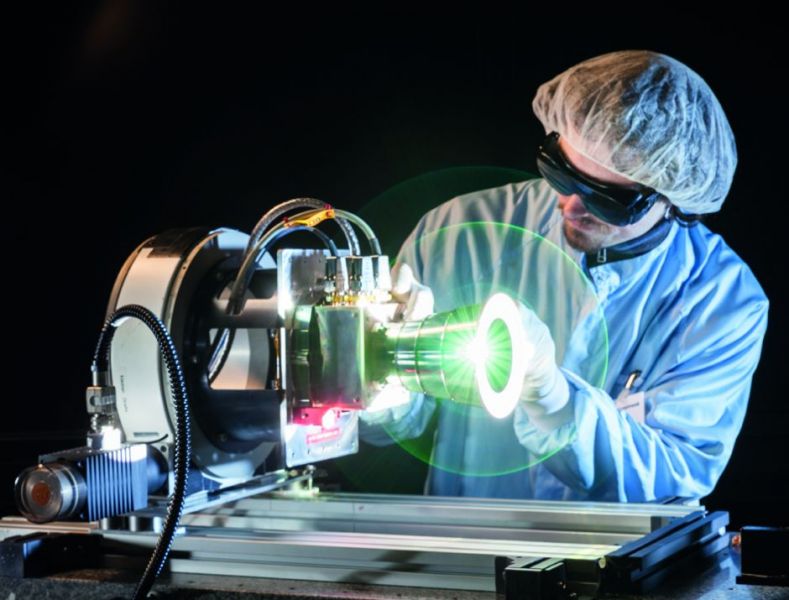Orion spacecraft will be equipped with Star Sensors from Jena

June 2015
Lockheed Martin is the prime contractor designing and building the Orion spacecraft for NASA. Having completed its first high orbital test flight in December 2014, Exploration Mission-1 (EM-1) will be Orion’s next test flight. This flight will demonstrate the spacecraft’s capabilities for enabling Orion’s first manned mission, Exploration Mission-2 (EM-2), in 2021.
Jena-Optronik will be part of this advanced space mission developing and supplying the ASTRO APS Star Sensors for the attitude and orbit control systems for both missions, EM-1 and EM-2.
“We are looking forward to be a part of this pioneering mission with our ASTRO APS star sensor. We are able to contribute our know-how to this fascinating mission. This is the first time since the Soviet MIR-space station that star sensors from Jena-Optronik are part of a manned mission”, comments Dr. Boris Pradarutti, head of star sensor at the Jena-Optronik GmbH.
Active Pixel Sensor Performance
ASTRO APS is an autonomous star tracker with the most advanced radiation hard CMOS Active Pixel Sensor (APS) detector technology for long-term missions.
The technical key parameters of the APS based star trackers are the low mass budget and the low power consumption. These data define a new level of compactness compared to state-of-the-art CCD-based star sensors:
-
Lifetime of more than 18 years
-
Radiation design for 25 years GEO environment
-
APS design with space qualified CMOS detectors
-
Full performance with moon in the field of view
-
Very robust against solar flare environment and false star objects
More Information www.jena-optronik.de